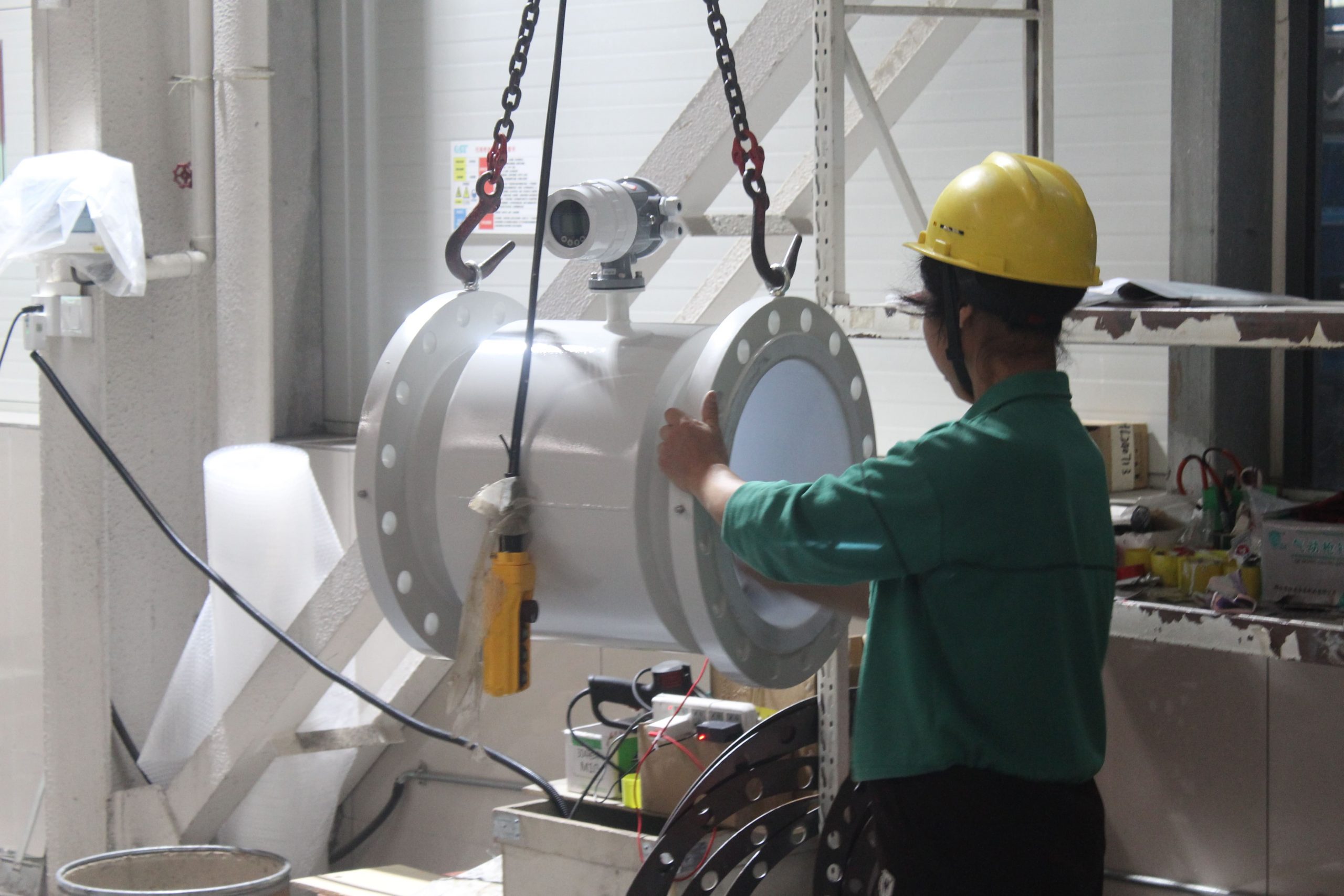What are the standard requirements for the use of electromagnetic flowmeters for wastewater
The wastewater electromagnetic flowmeter is a device with a simple structure and relatively high sensitivity. However, since the accuracy of the wastewater electromagnetic flowmeter has been marked before leaving the factory, it is very likely to be affected by the surrounding environment during the operation process, and problems may occur. So, what should everyone pay attention to during the stage of using the wastewater electromagnetic flowmeter?
When everyone starts to use the wastewater electromagnetic flowmeter for the first time, it is required to conduct a regular on-site calibration of the wastewater electromagnetic flowmeter. However, since the detector of the wastewater electromagnetic flowmeter is used in the water supply pipe, everyone requested to disassemble it and send it to the laboratory later for on-site comparison. Meanwhile, in order to ensure the sensitivity of the wastewater electromagnetic flowmeter during the calibration period, users should start the calibration of the wastewater electromagnetic flowmeter in accordance with the required procedures.
With the continuous development of science and technology, electromagnetic flowmeters for wastewater have made rapid progress in their application. The wastewater electromagnetic flowmeter can move in the independent surface natural flow of the water flow lock domain. Due to the relatively high measurement accuracy of the wastewater electromagnetic flowmeter, it has greatly improved the measurement sensitivity in this field, making the processing more efficient.
In addition, wastewater electromagnetic flowmeters may also be used to measure water bodies with low electrical conductivity. Whether it is glycerol or ethylene glycol, the wastewater electromagnetic flowmeter can measure it very well. At the same time, there are still many types of wastewater electromagnetic flowmeters available now. For instance, the relatively low-power and two-wire wastewater electromagnetic flowmeters, which are equipped with solar cells, are highly energy-efficient and environmentally friendly, meeting the current development requirements.

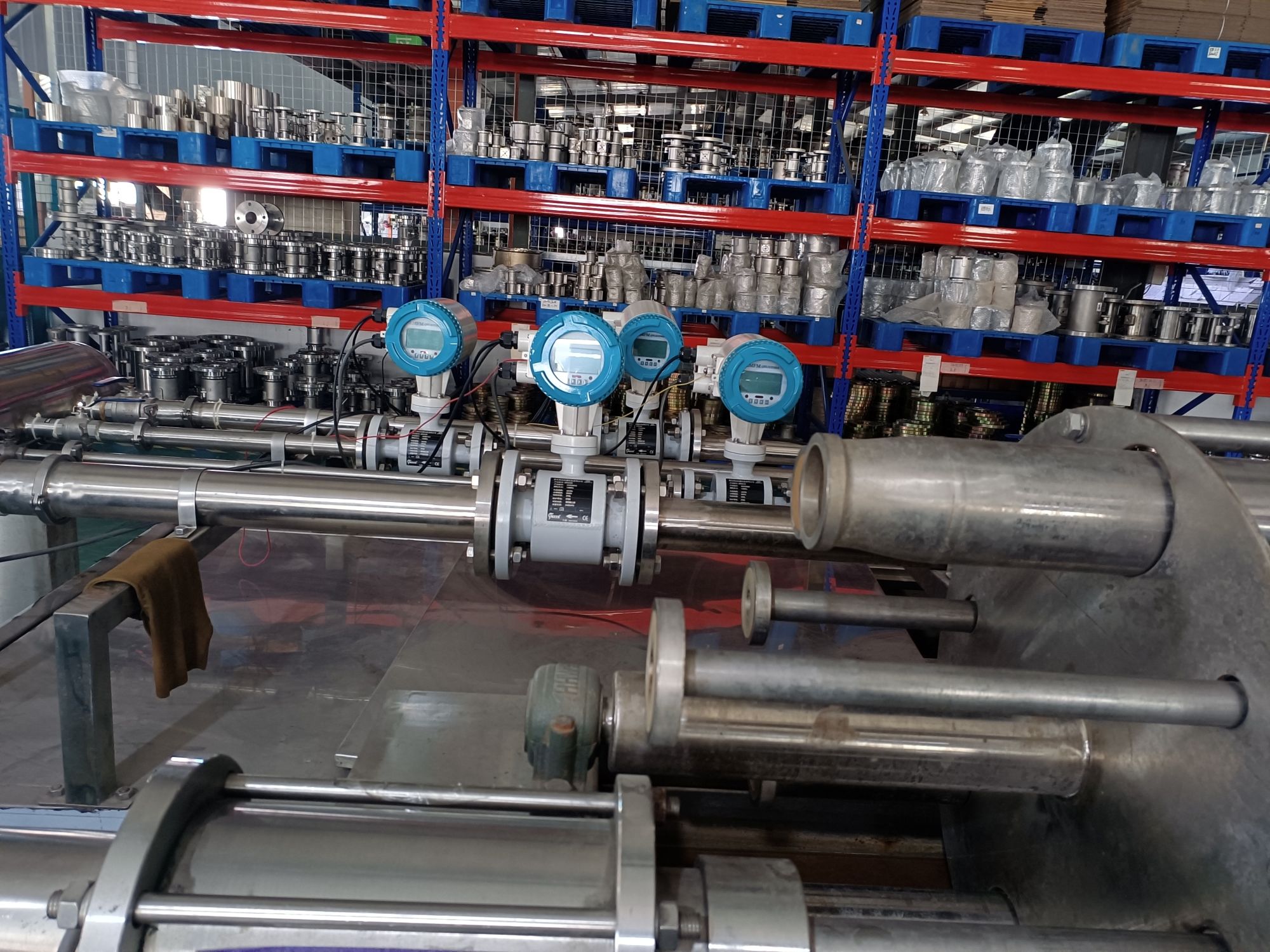
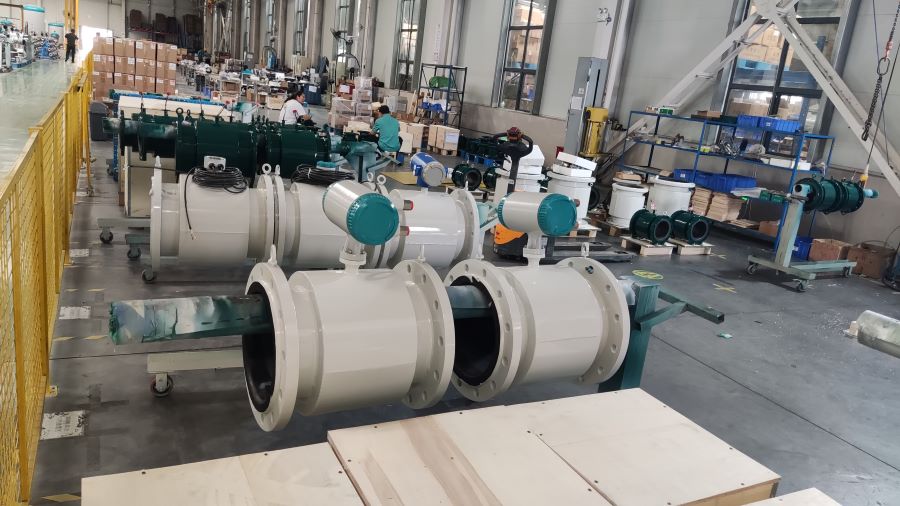
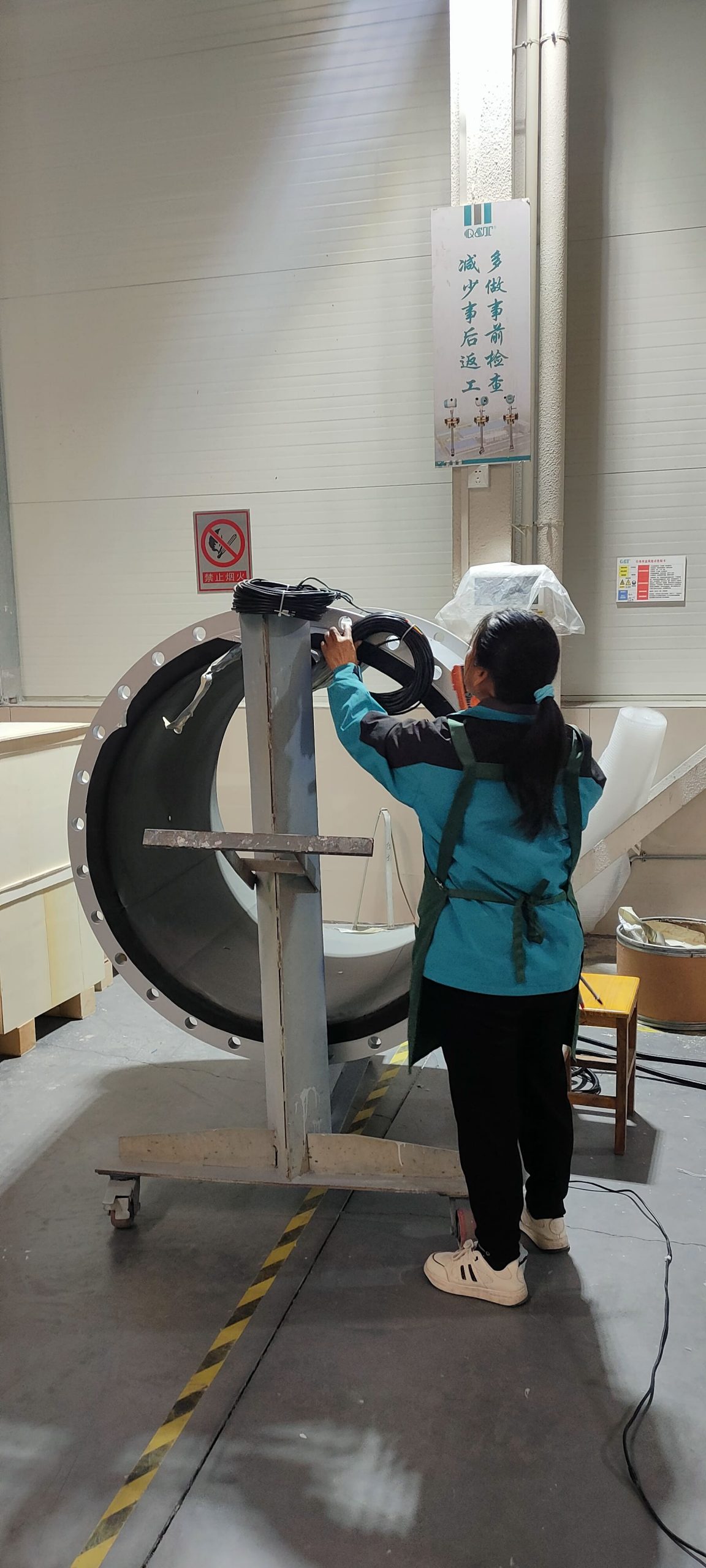
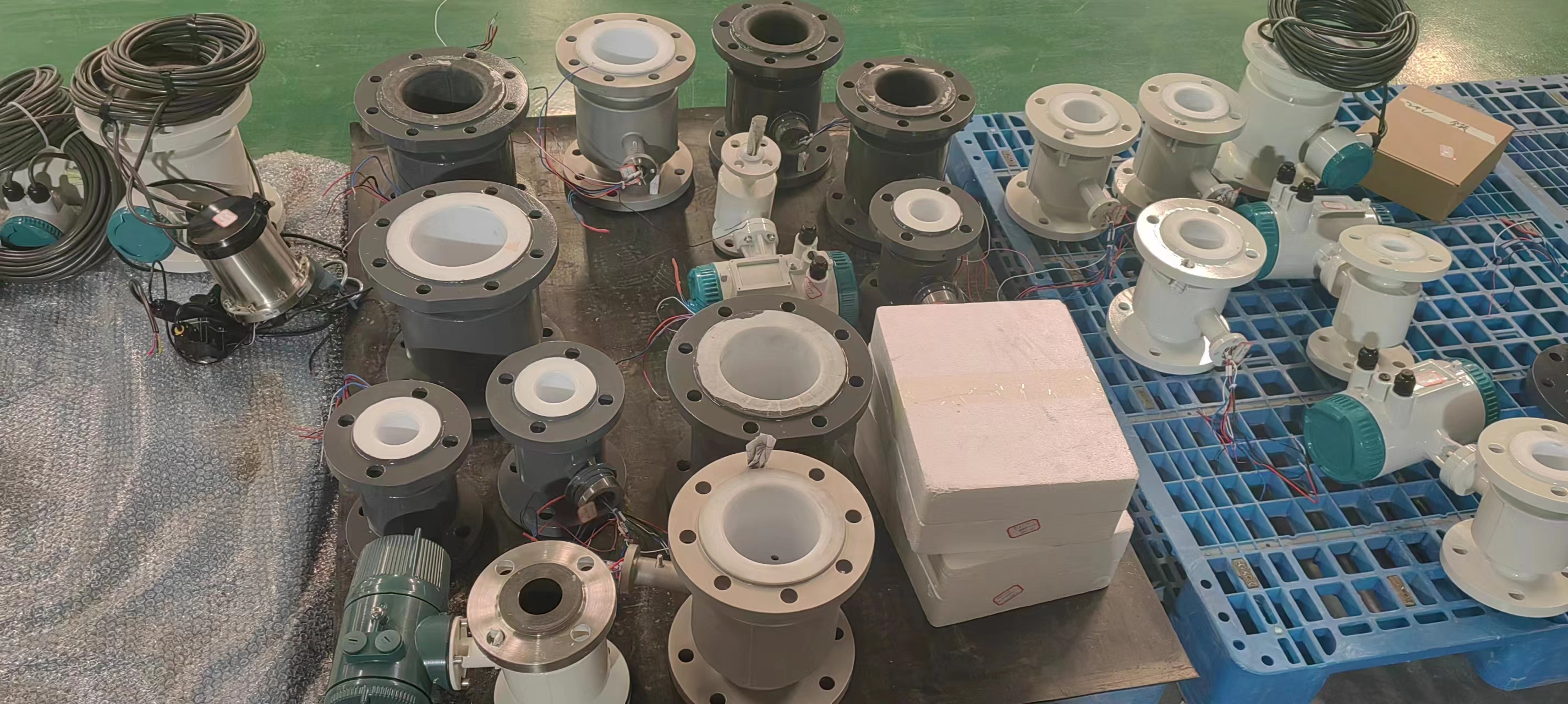
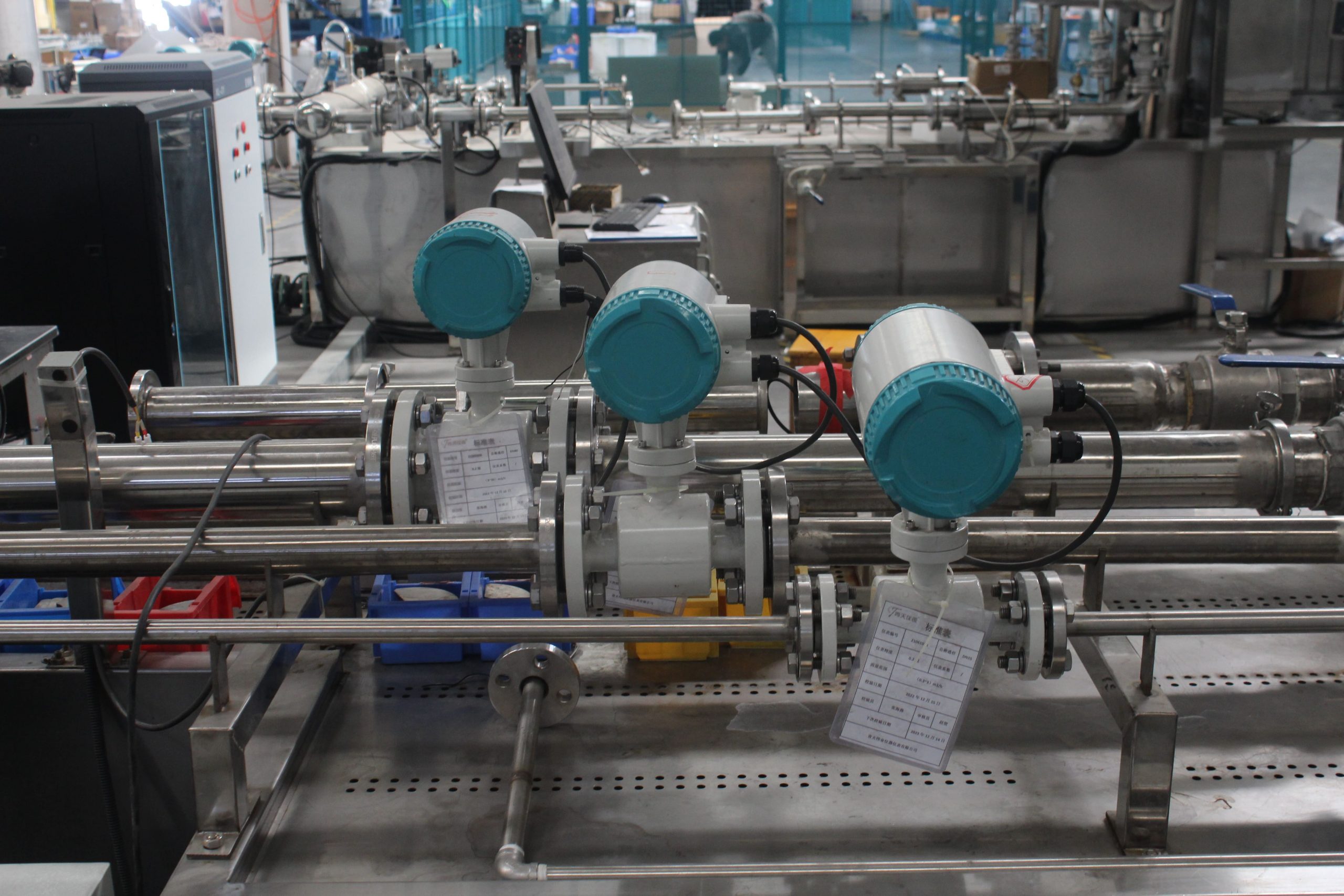
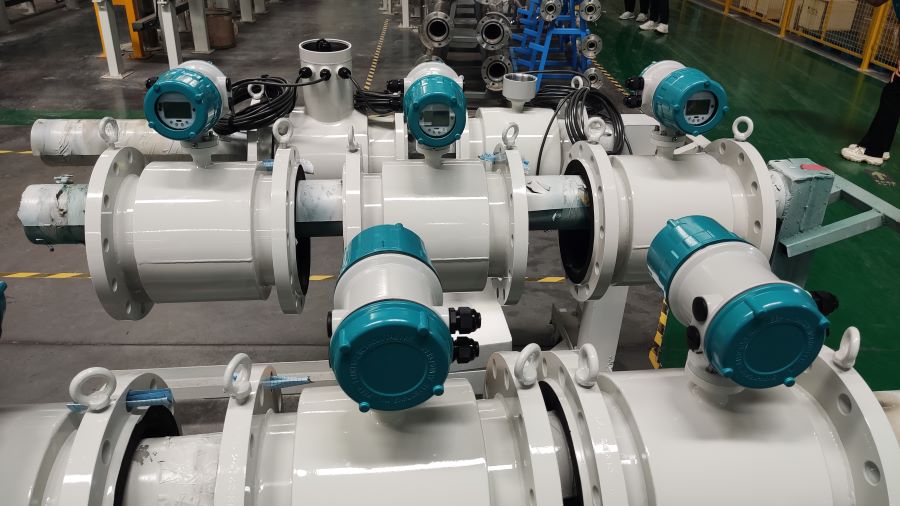
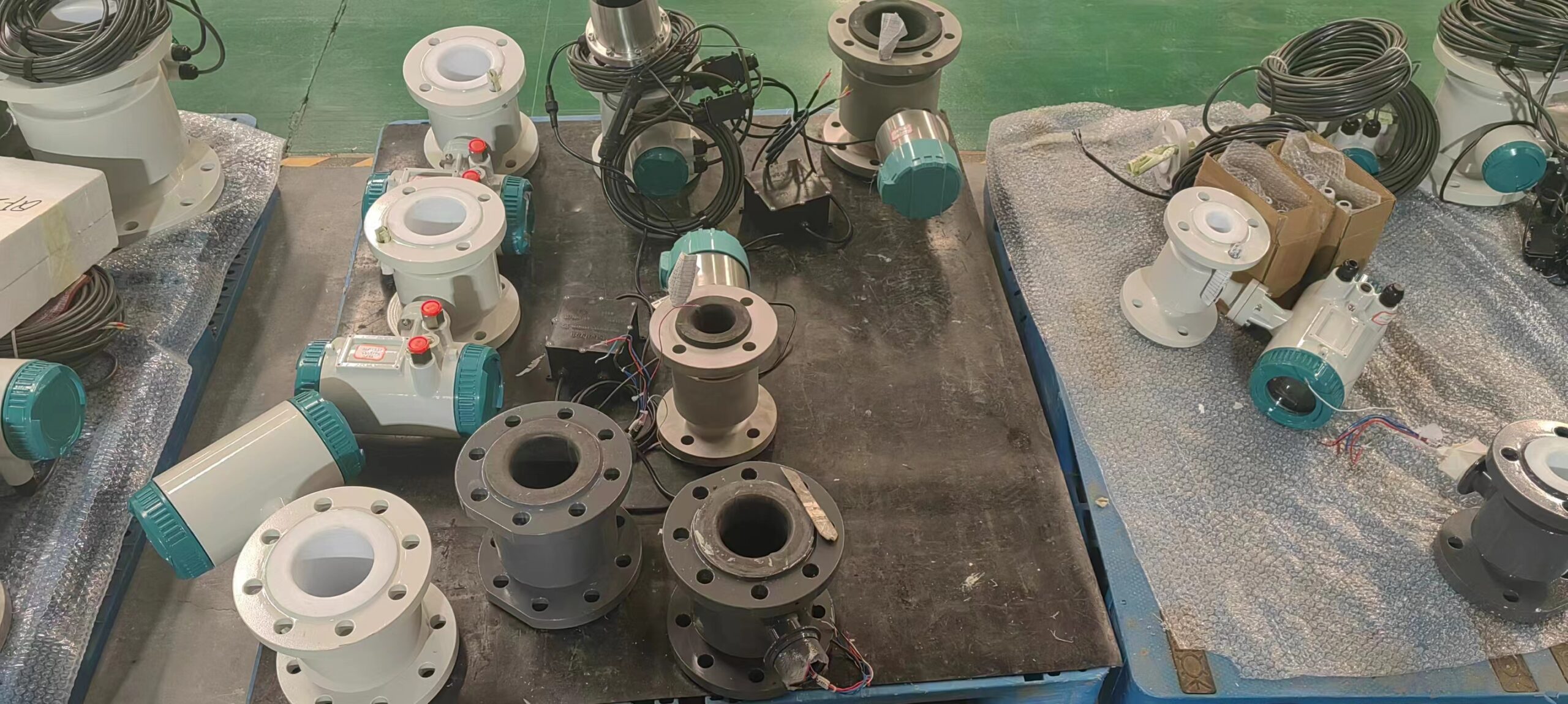
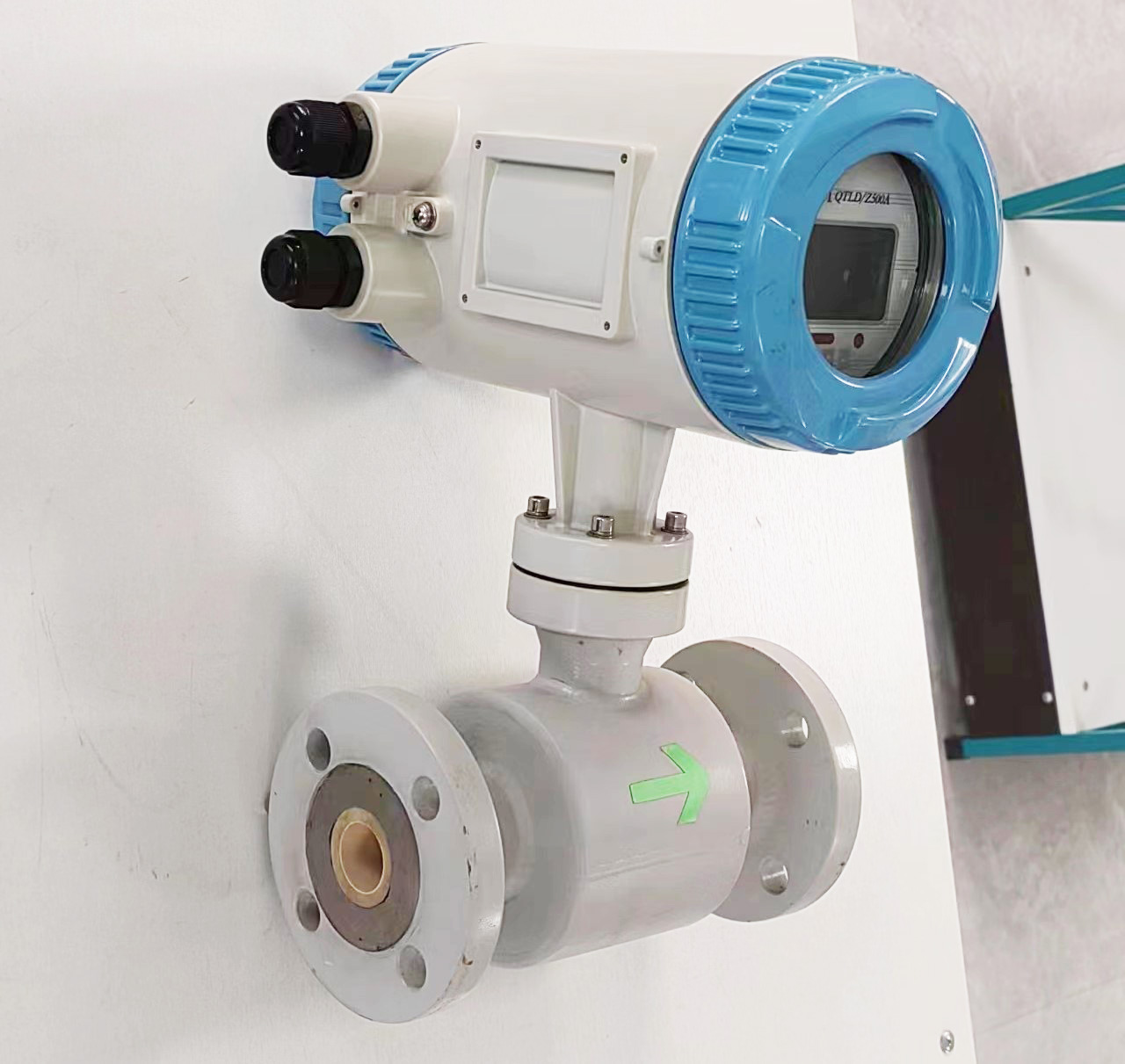
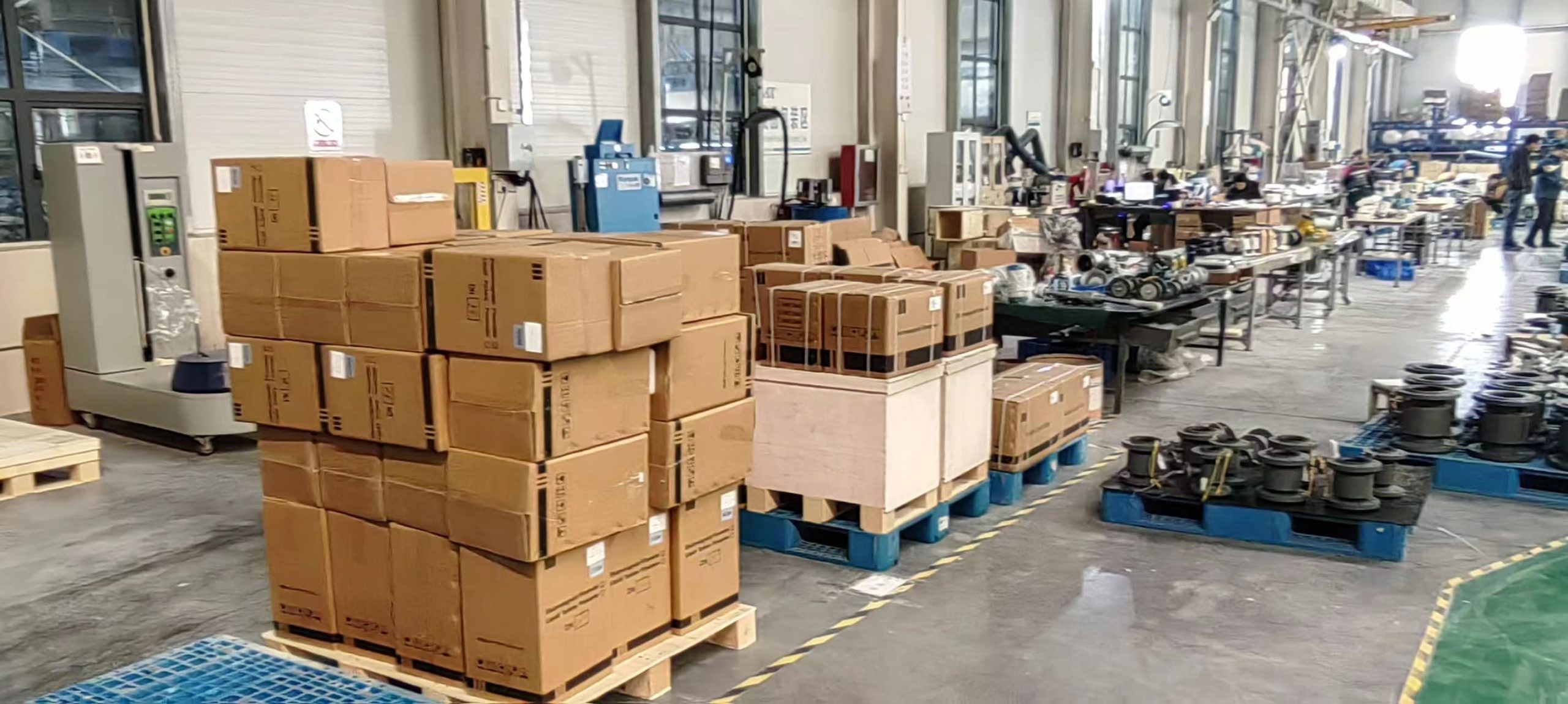
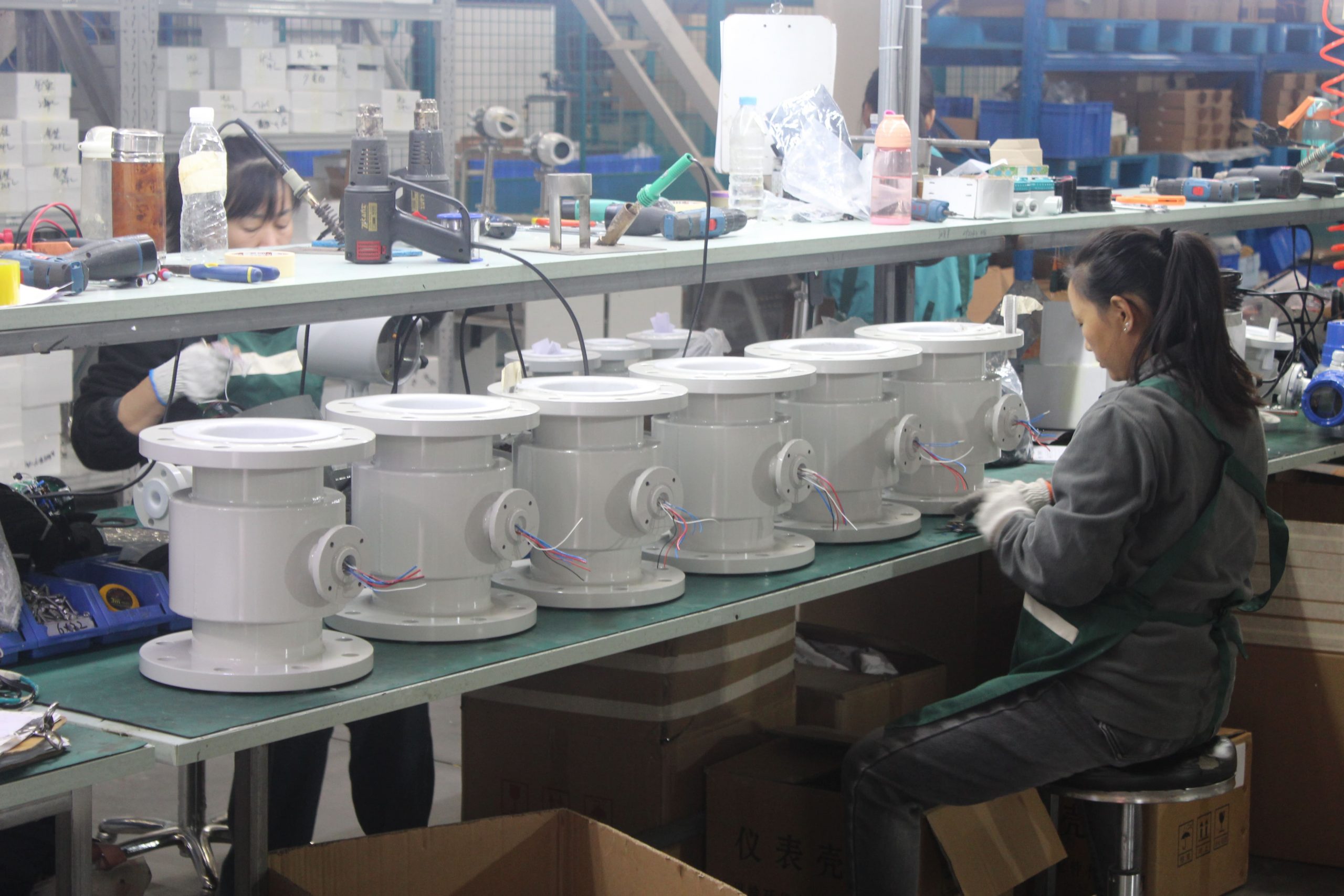
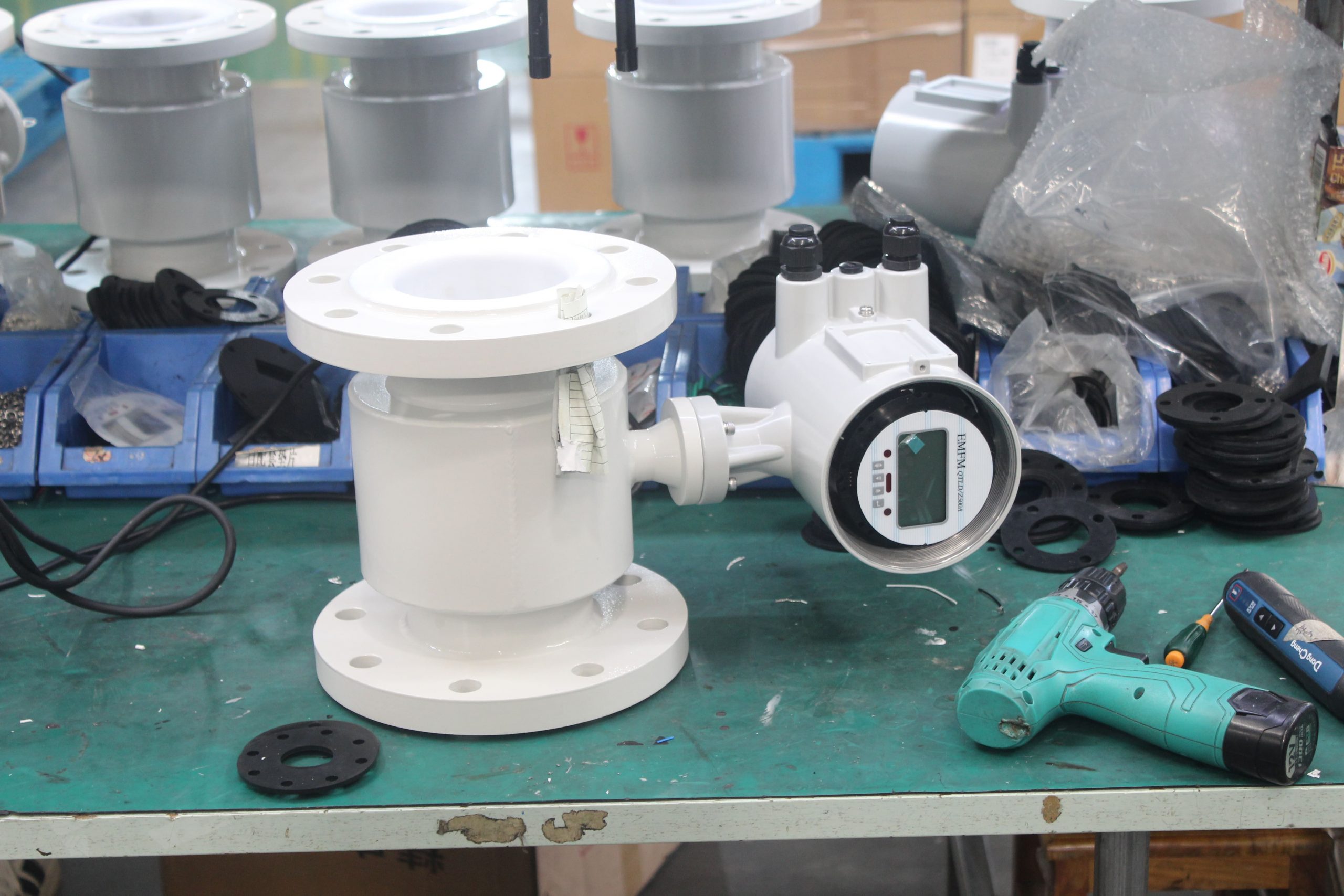
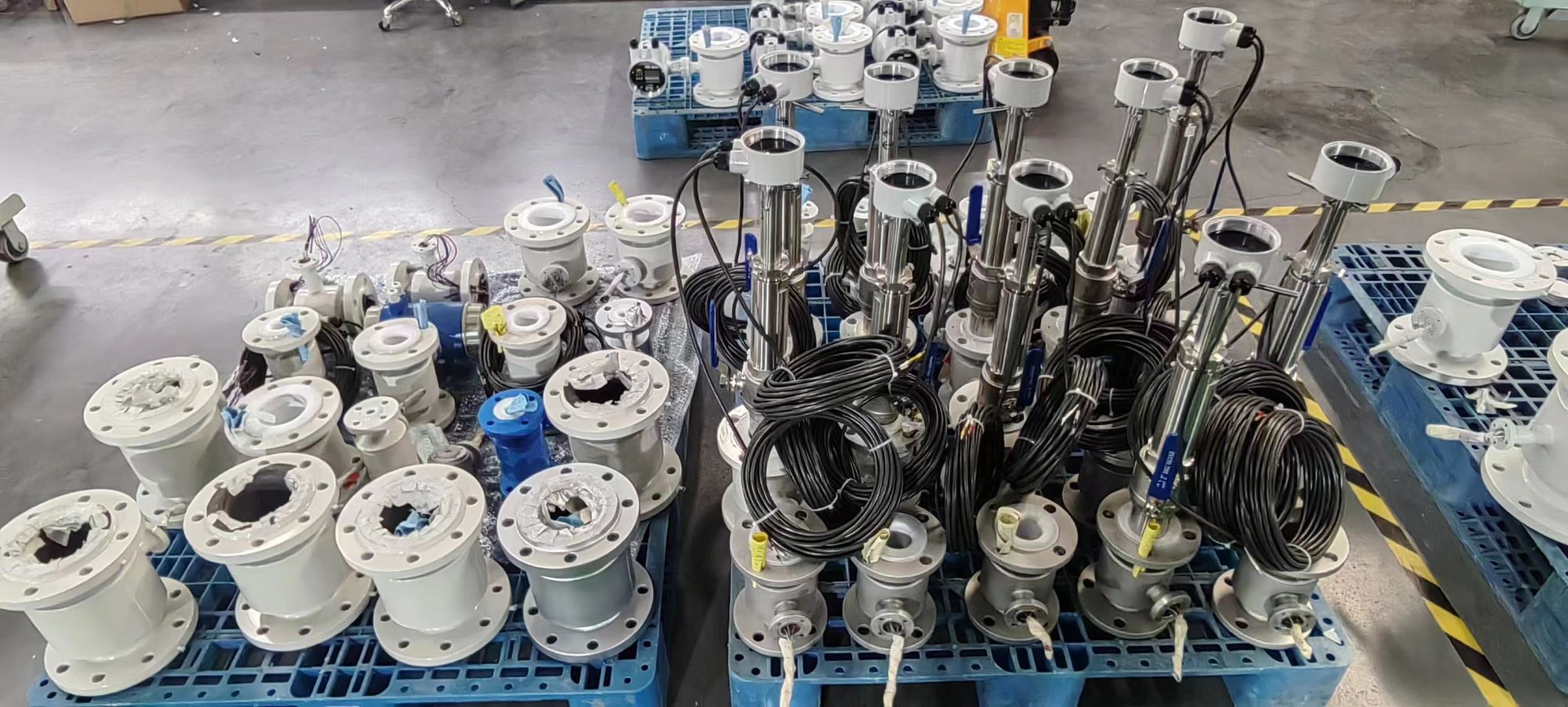
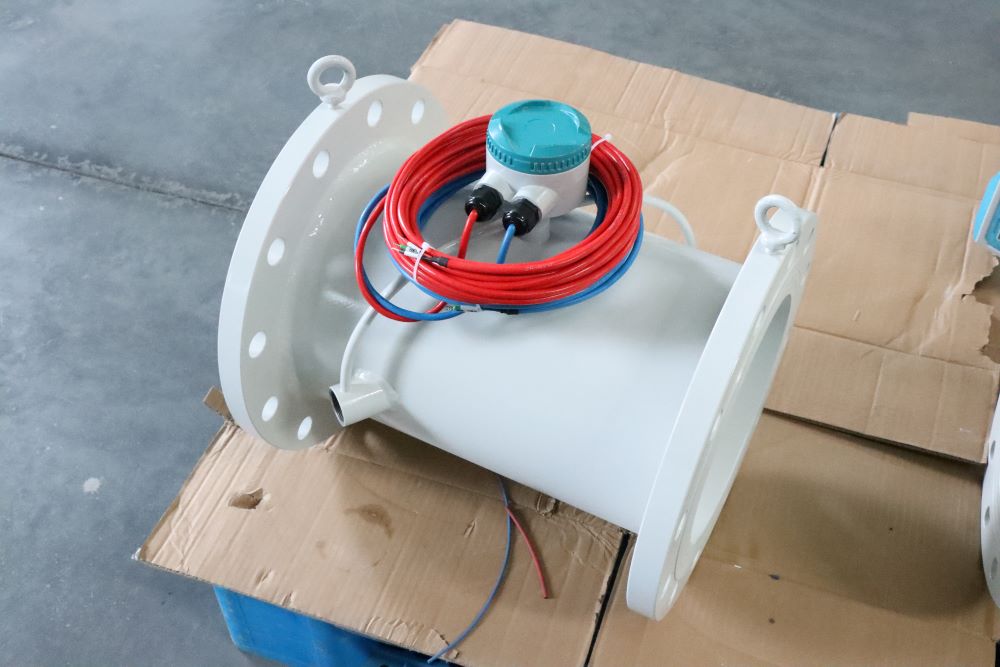
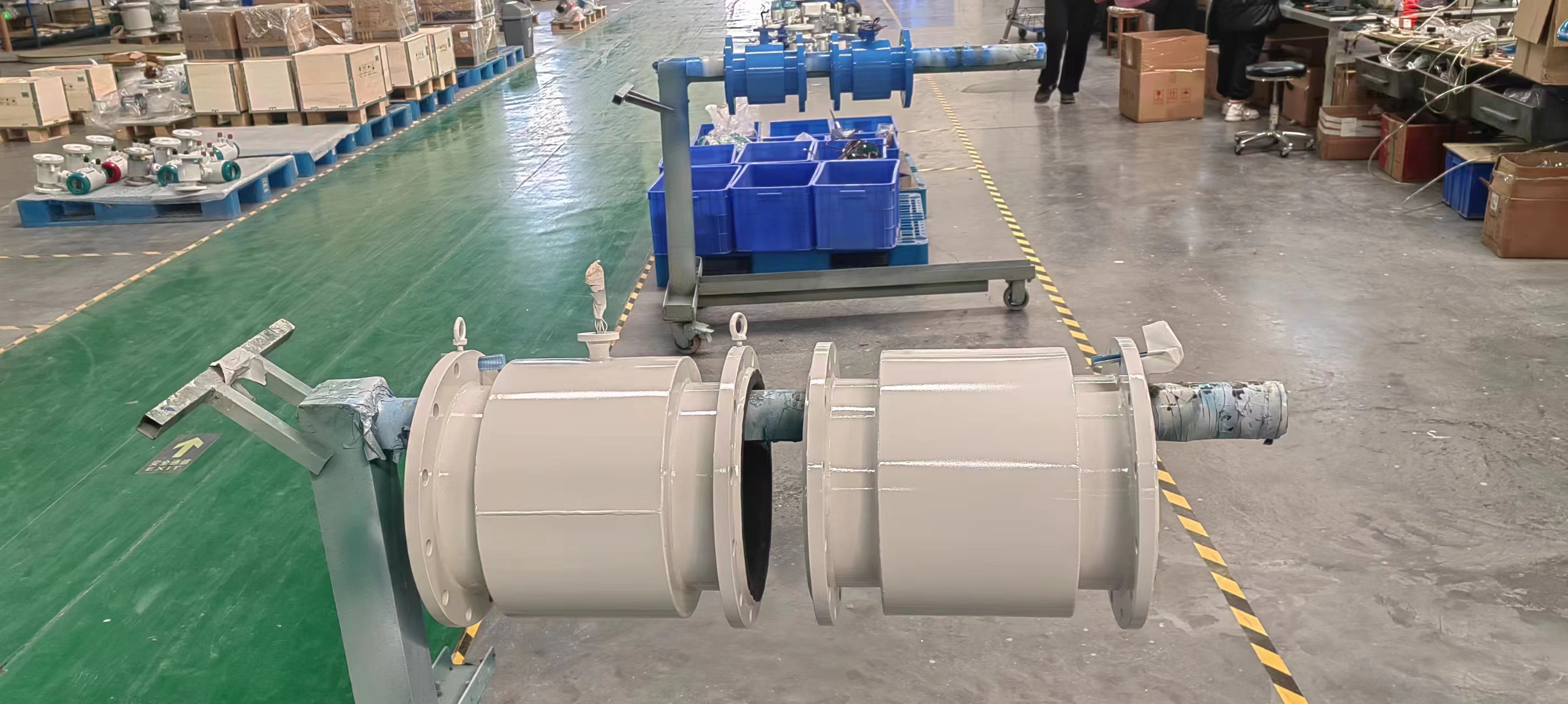
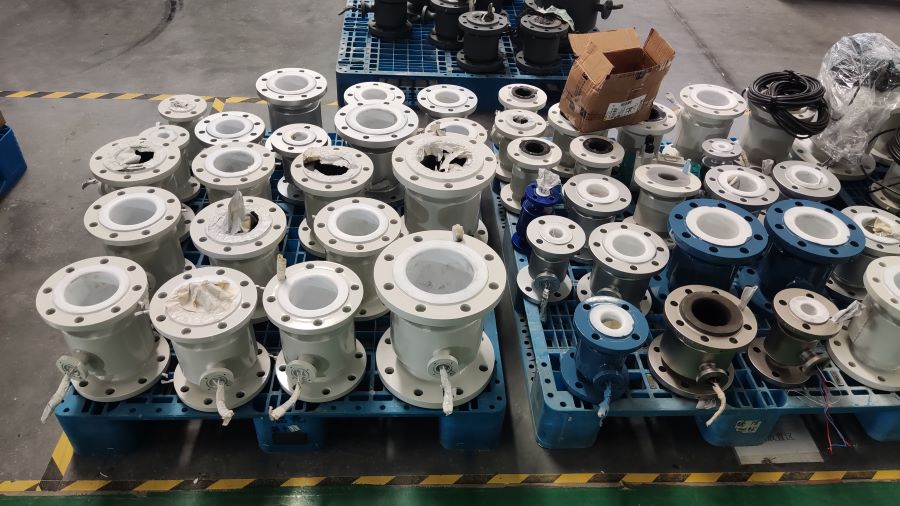
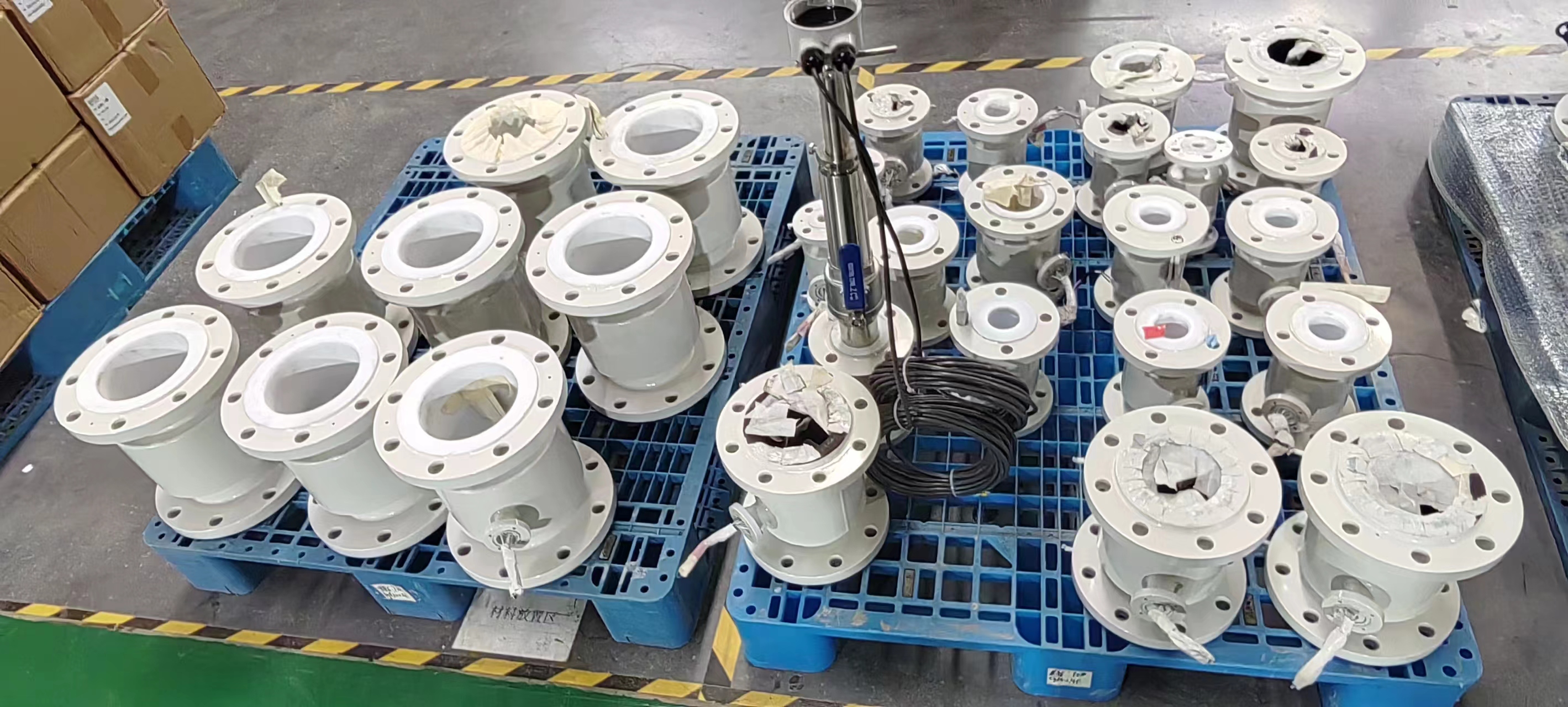
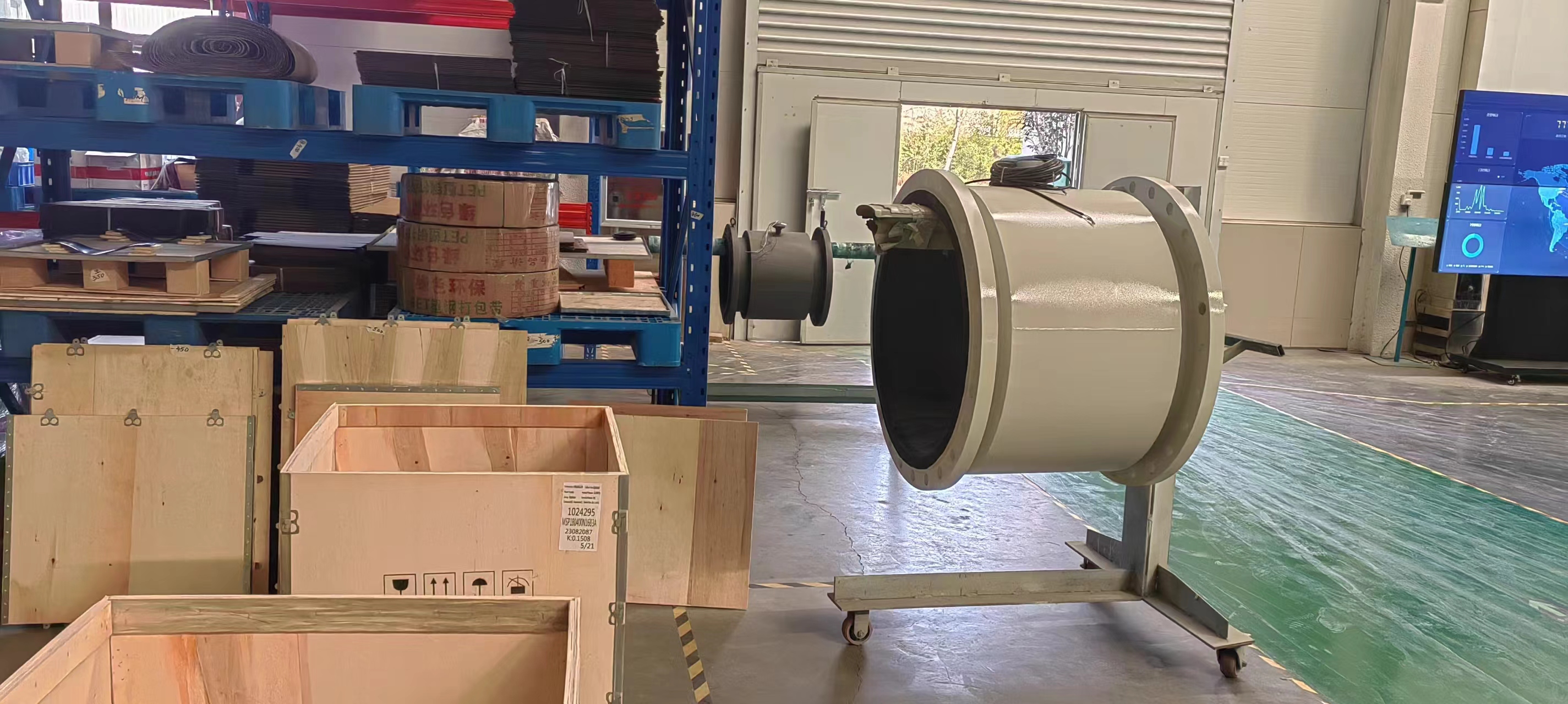
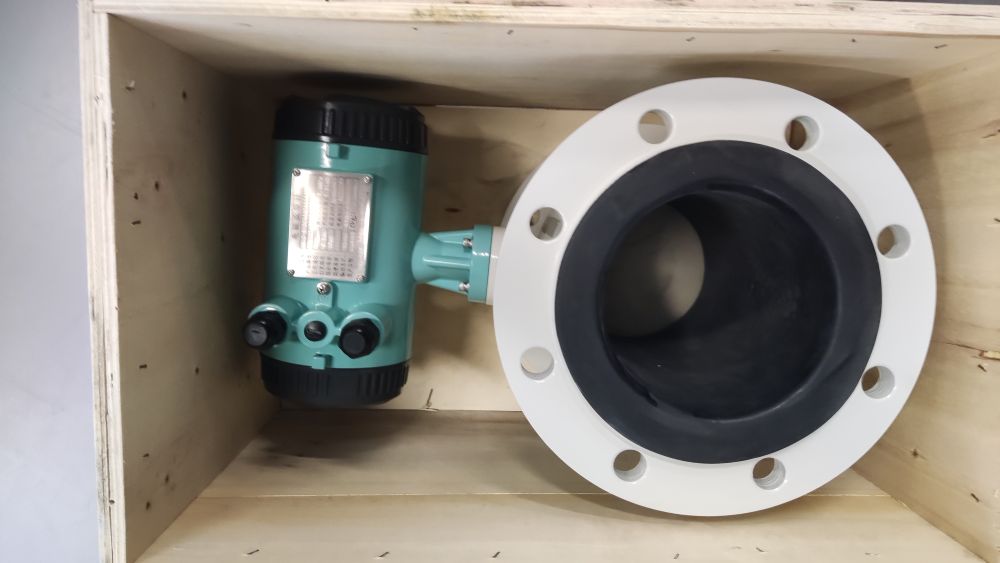
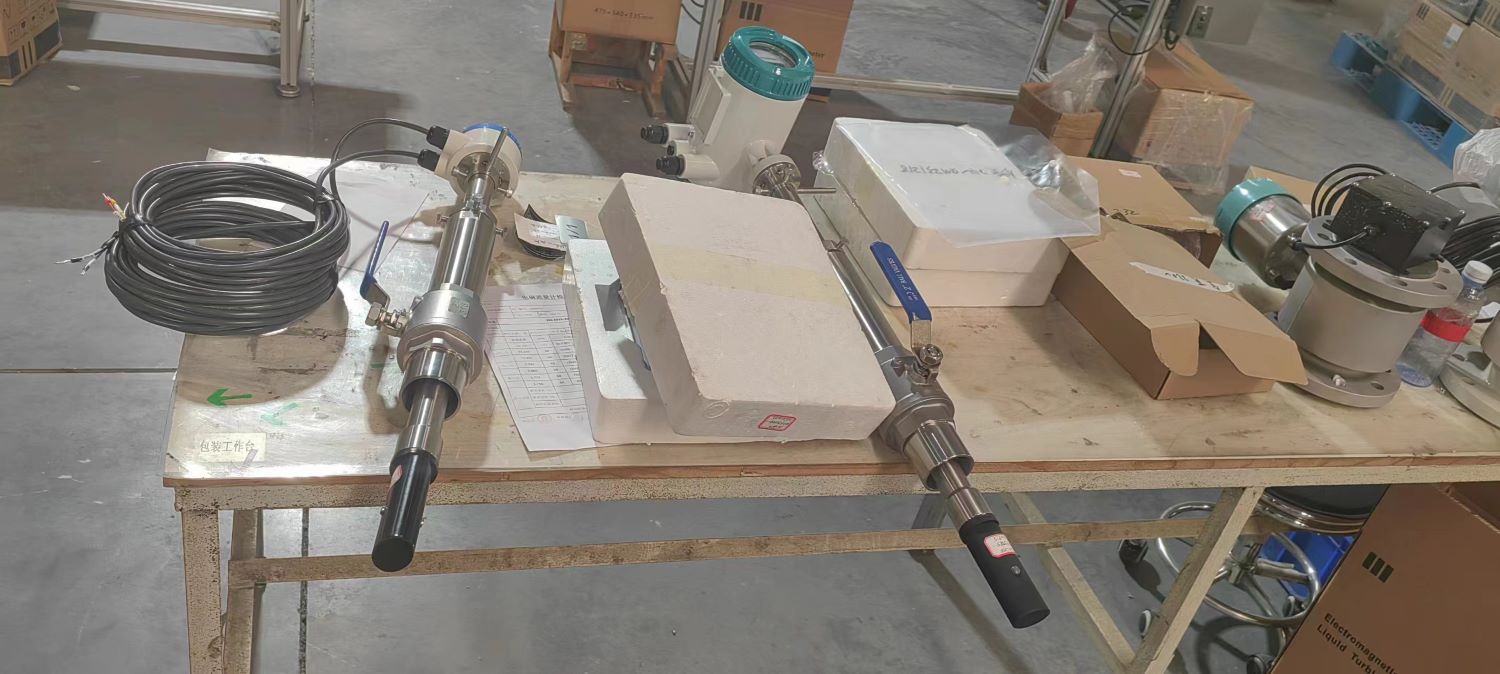
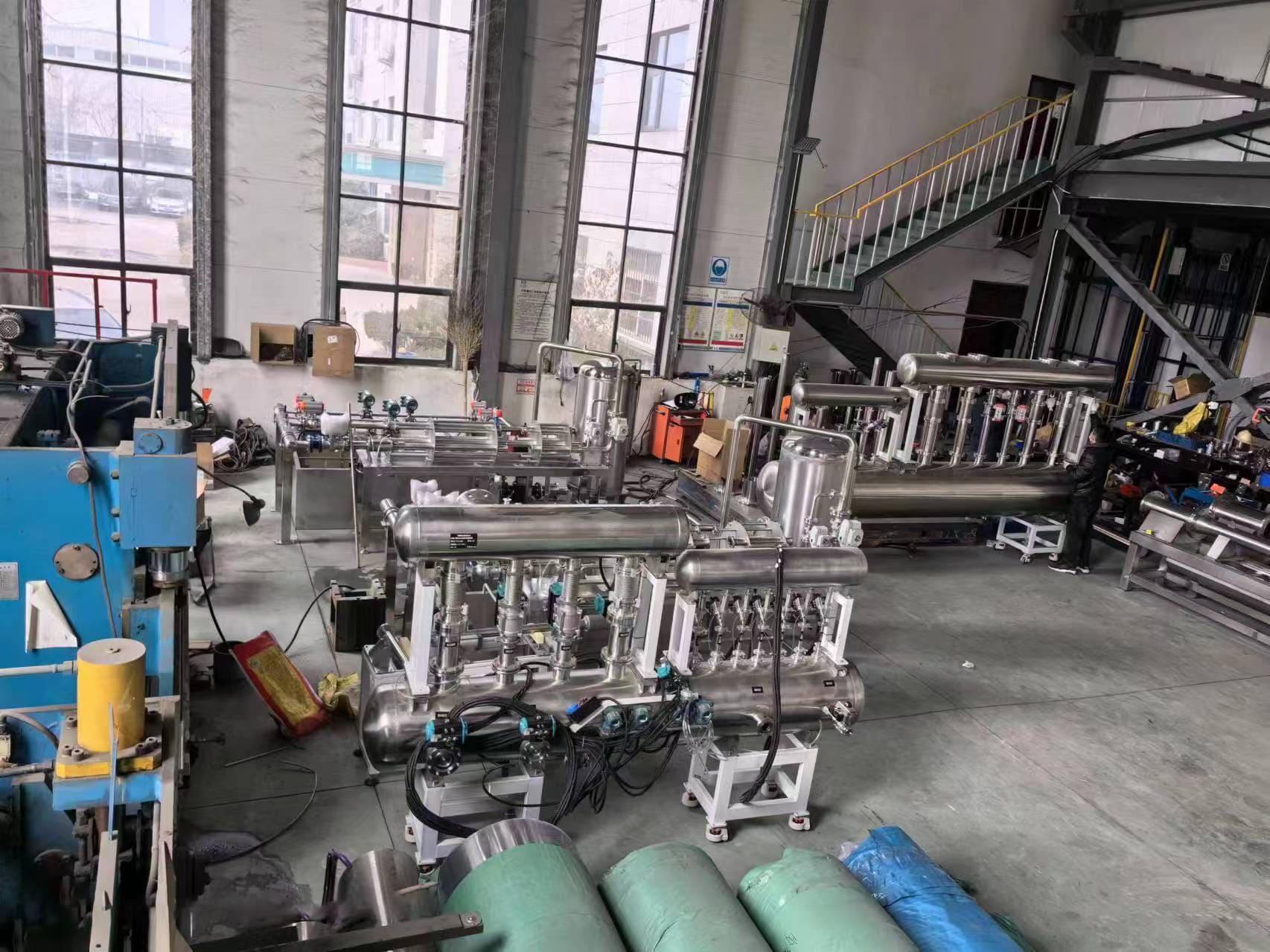
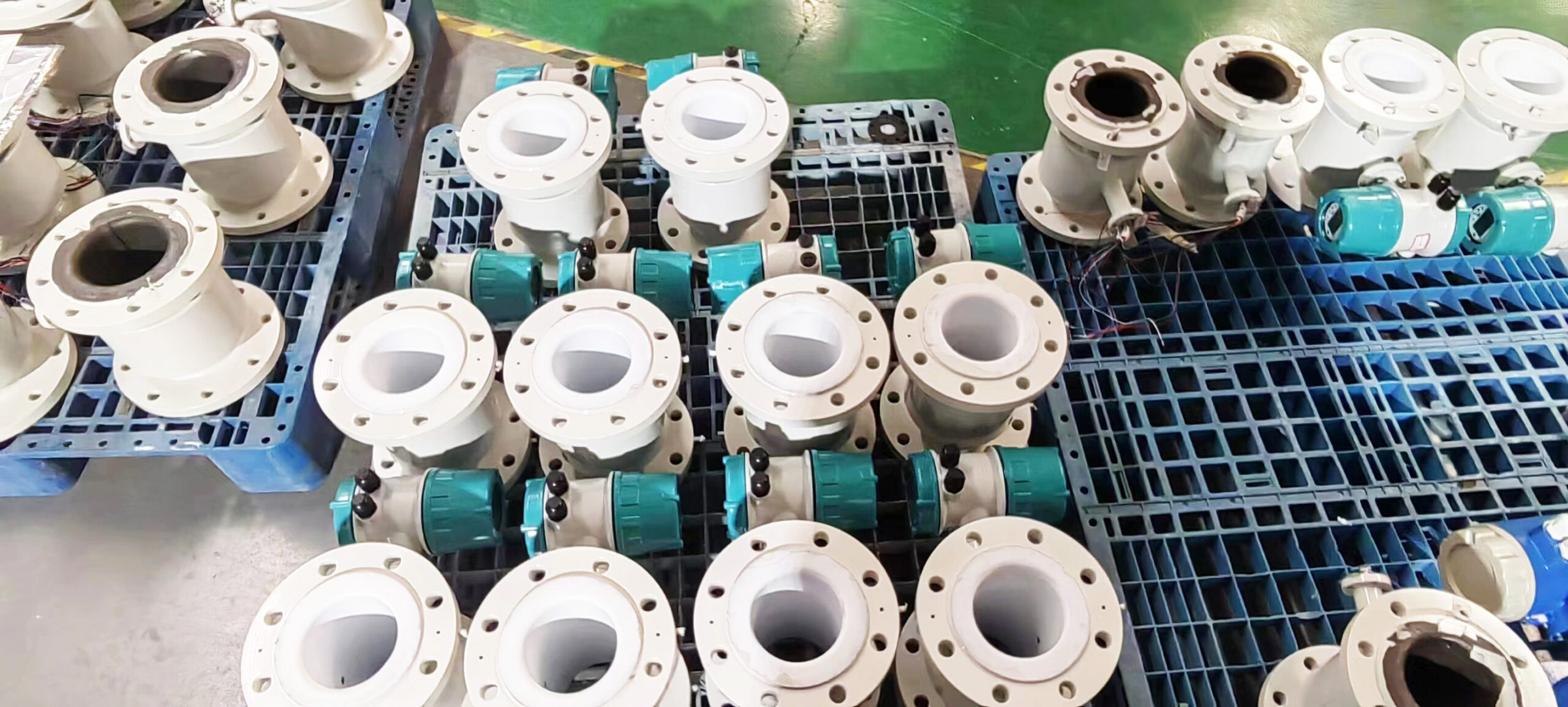
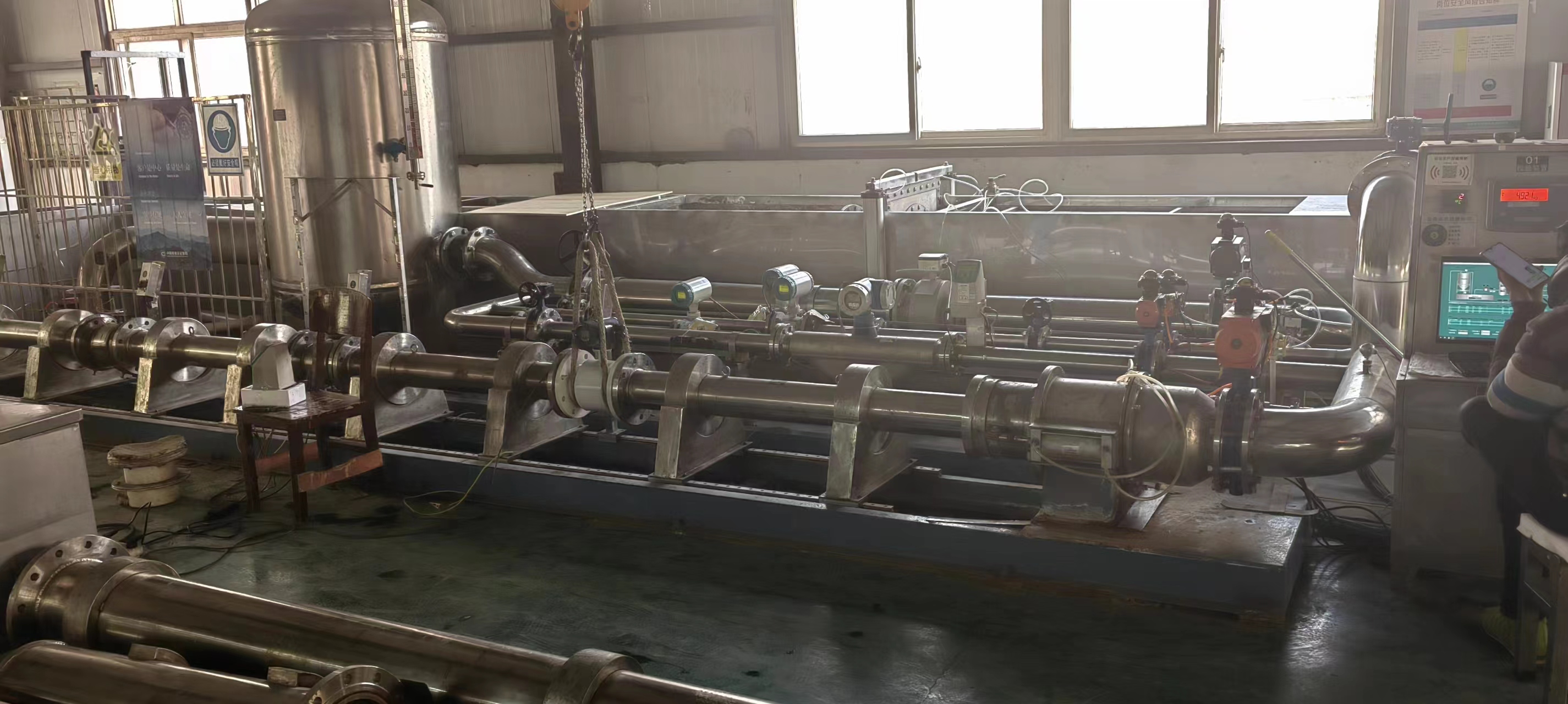
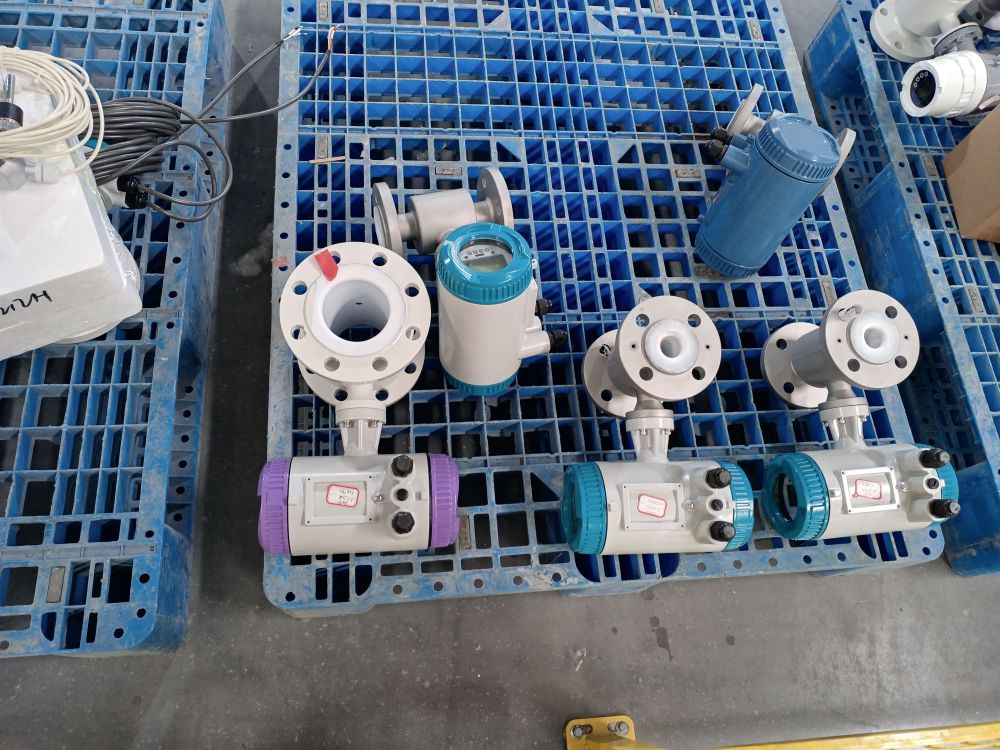
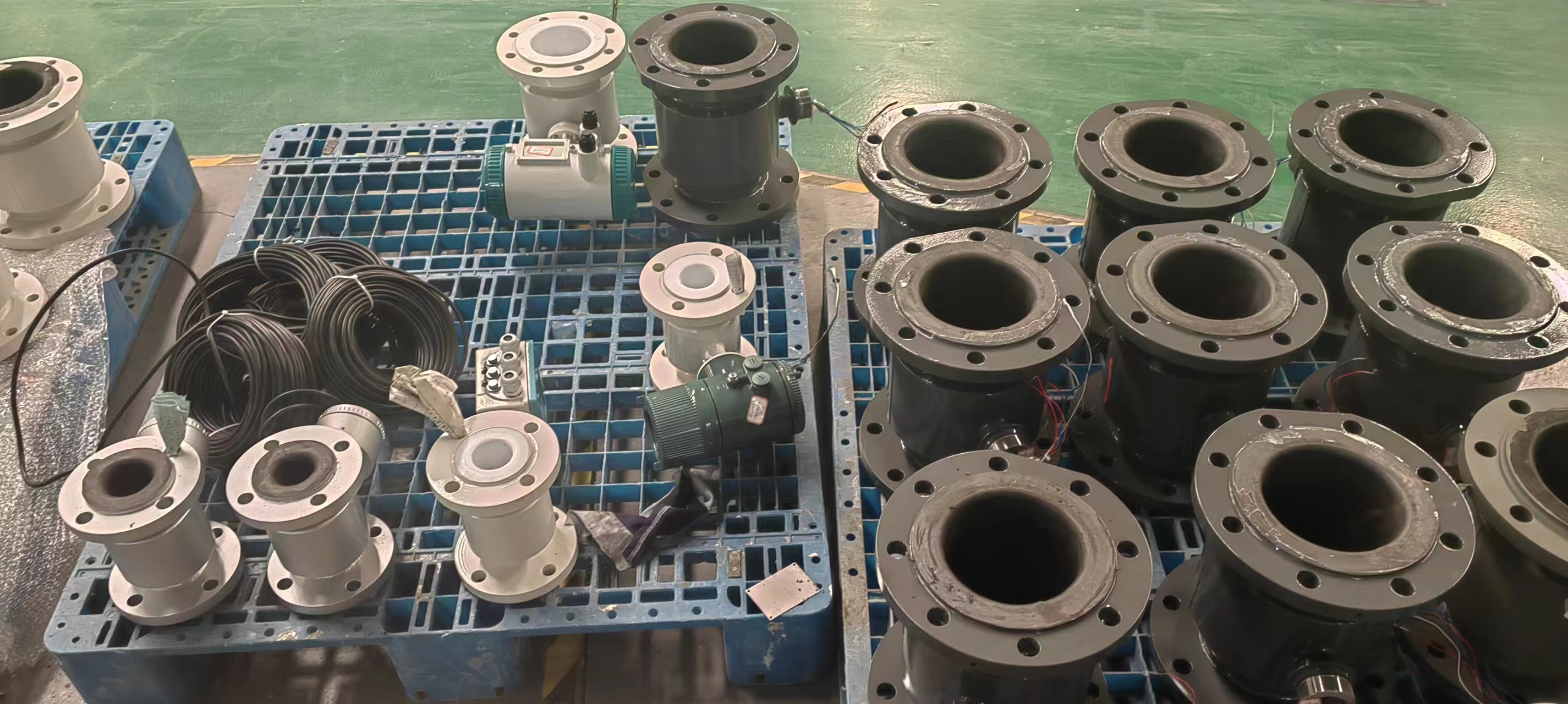
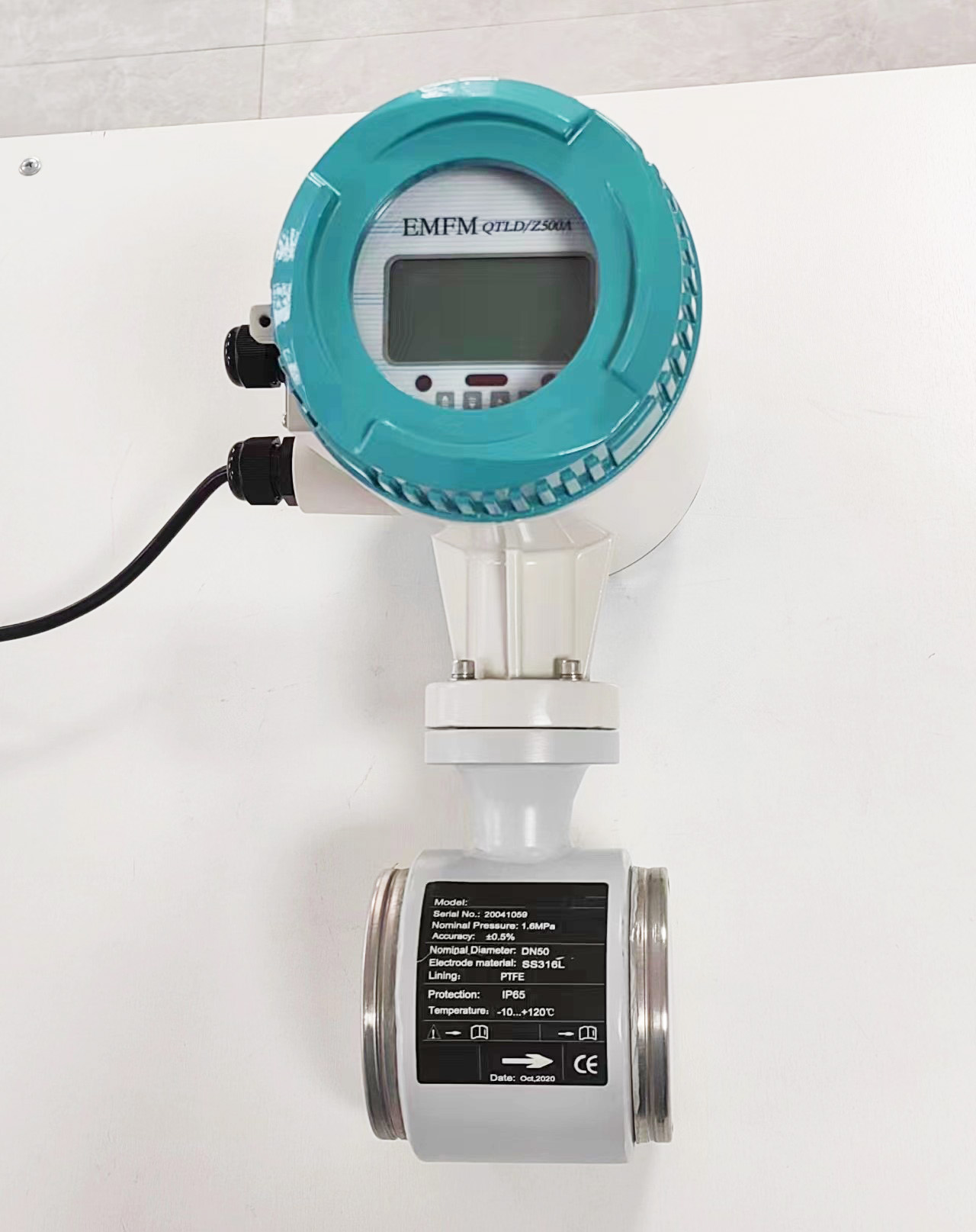
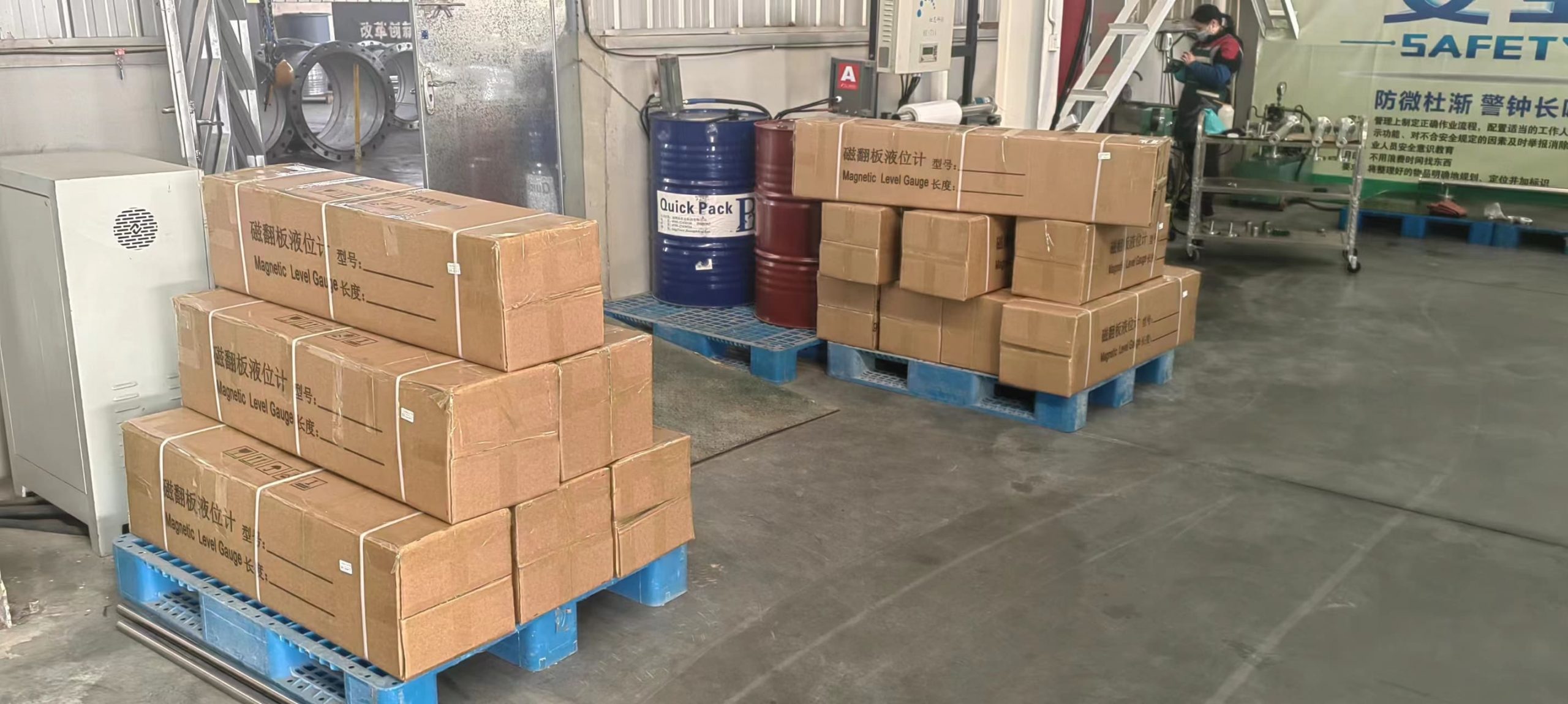
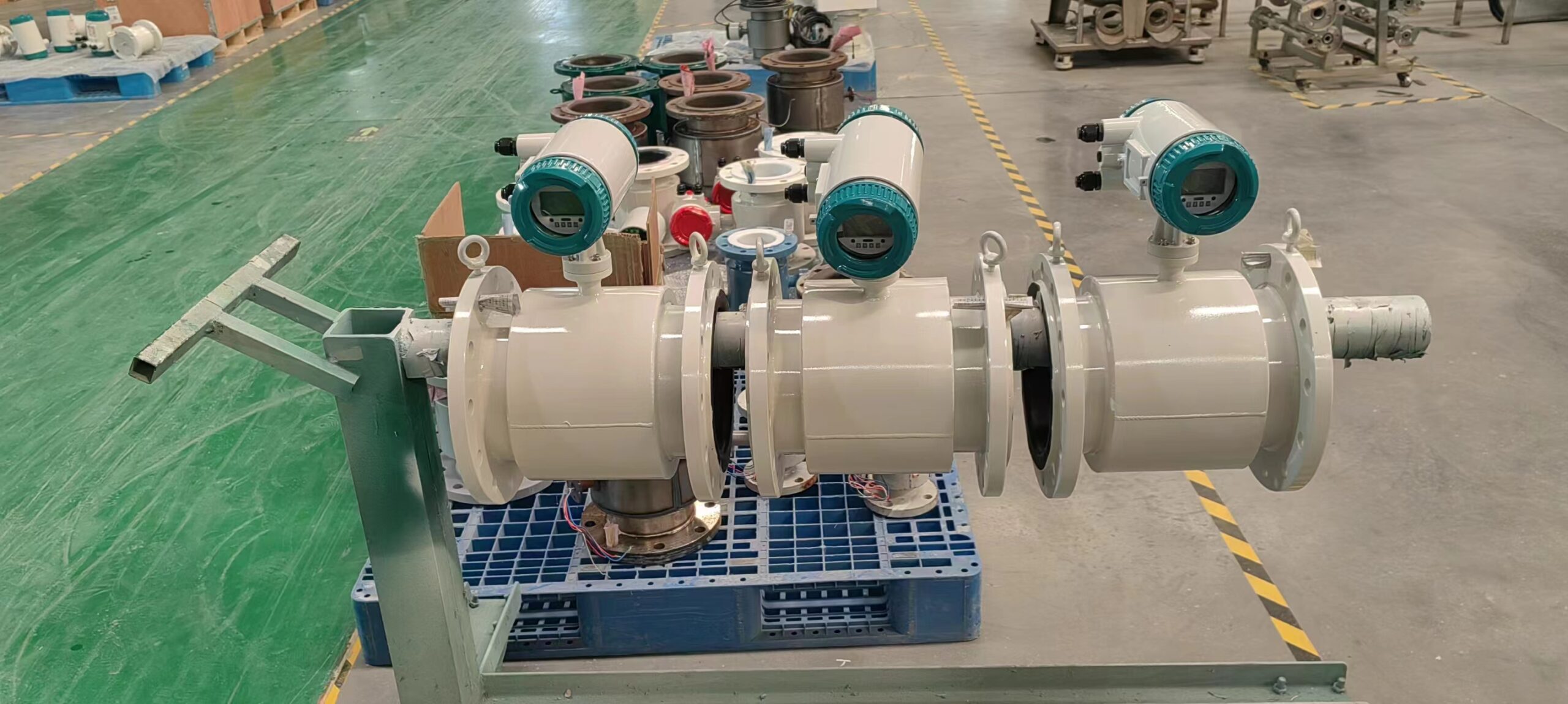
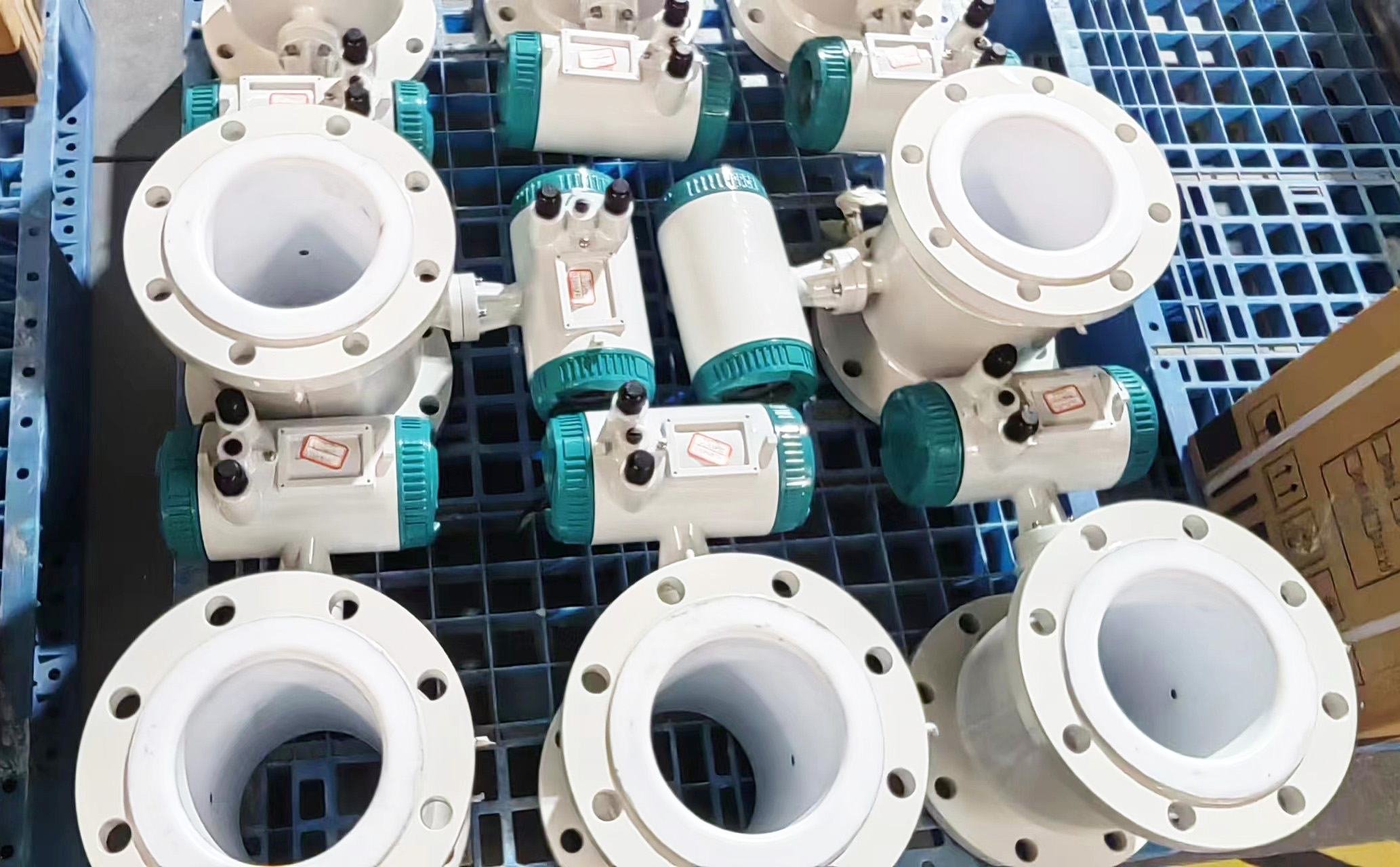
-.jpg)
-.jpg)
